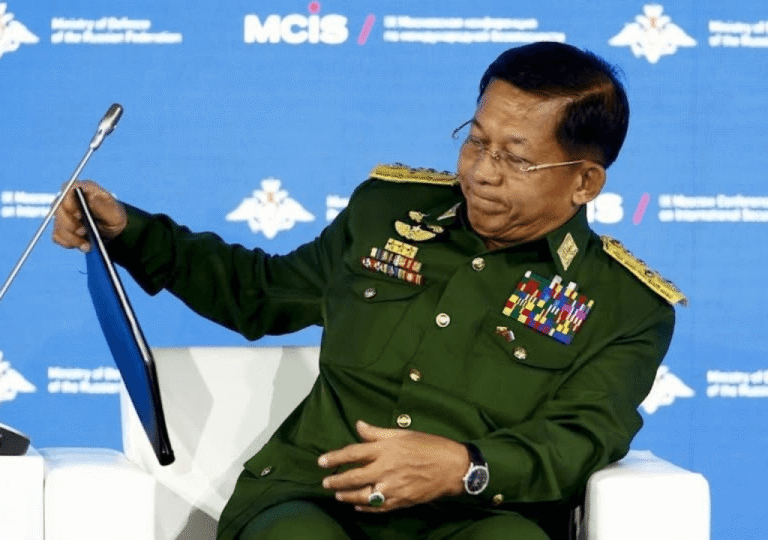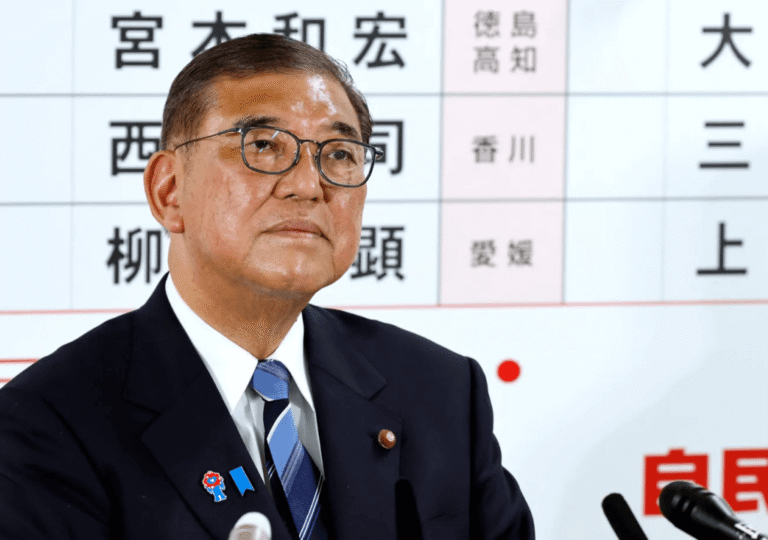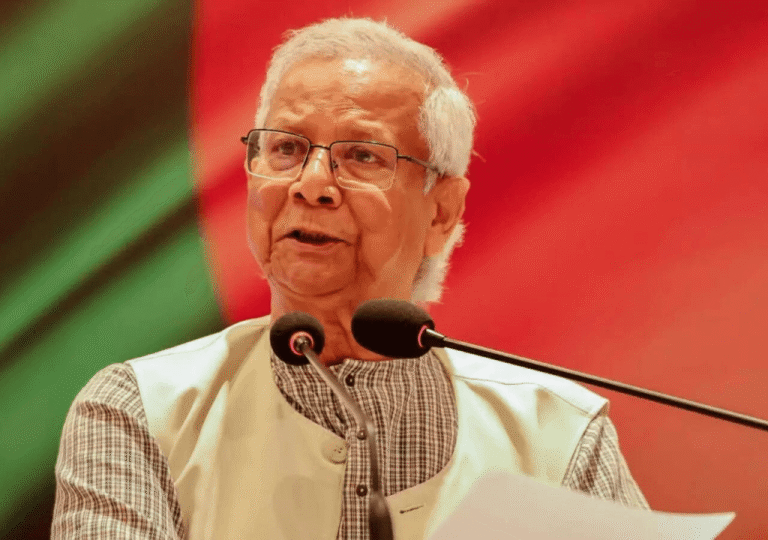Due to widespread discontent with the Islamic Republic and its highly scrutinized presidential candidates, around 60% of eligible voters in Iran chose not to participate in the important presidential election. Following the unexpected death of Ebrahim Raisi, the election was conducted last Friday to meet the constitutional requirement to fill the presidential vacancy within 50 days. This tight controlled Iran election featured only candidates approved through tight monitoring, and the campaigns did not address the people’s real problems, resulting in low voter participation. None of the six candidates secured 50% of the total votes needed, leading to a runoff election in a week. In the first round, reformist lawmaker Masoud Pezeshkian secured a narrow lead over the hardline former nuclear negotiator Saeed Jalili. Parliamentary speaker Mohammad Baqer Qalibaf, initially considered the likeliest victor by Western media, finished third and was eliminated before the second round.
Turnout ended up at 39.93%, a record low for an Iranian election since the revolution in 1979. The last time in 2021, it was 48.48%. The scale of the boycott from various sectors is a rebuff for the regime, which had repeatedly urged Iranians to show their commitment to the Islamic regime by voting. Reluctance to vote in regime-controlled elections has been visible in previous times too, but this marks the lowest. Before this, the lowest turnout was in the 2001 presidential election, which was officially recorded at 48.8% with 24.9 million voting.
Six candidates, including five conservatives, two of whom withdrew on the eve of the poll, were approved to stand by the Guardian Council, an unelected constitutional watchdog whose members are appointed by Supreme Leader Ayatollah Ali Khamenei, both directly and indirectly. The initial results of the first round of the Iran election showed Masoud Pezeshkian, 69, a reformist independent and former Minister of Health and Medical Education, receiving 10.45 million votes, which is 44.36% of the total votes cast. Saeed Jalili, 58, a principlist, Member of the Expediency Discernment Council, and Chief Nuclear Negotiator, contested as an independent and garnered 9.47 million votes, which is 40.35% of the total. Another conservative, Mohammad Bagher Ghalibaf, the current Speaker of the Islamic Consultative Assembly, contested under the label of the prominent Progress and Justice Population of Islamic Iran party and garnered only 3.38 million votes. A fourth candidate, Mostafa Pourmohammadi, a conservative and former Justice Minister who ran a wildcard campaign under the label of the Combatant Clergy Association, won only 206,000 votes. Out of a total of 24,735,185 votes cast, 1,056,159 ballots were deemed spoiled. A runoff on Friday seems inevitable and will offer a clear ideological choice between Pezeshkian and Jalili.
Pezeshkian has utilized video town hall meetings to engage with students and pledged not to crack down on those who refuse to wear the hijab. However, at the core of his campaign is the belief that Iran’s economic challenges will persist unless it engages with Western economies, including through renegotiating the Iranian nuclear deal. With active support from former Foreign Minister Javad Zarif, Pezeshkian has criticized hardliners for leading Iran into an ideological, cultural, and economic dead end. Unless Pezeshkian can mobilize more voters in the runoff by demonstrating a viable path to victory and promising real change for Iran, the reformist is likely to lose. Most, but not all, of Ghalibaf’s votes are expected to shift to Jalili. The rivalry between Ghalibaf and Jalili, both personal and ideological, was sufficient to prevent them from forming a pre-election alliance. Other conservative votes scattered among different candidates will also bolster Jalili’s position. Many believe that even though the second round will directly pit reformists against conservatives, it is uncertain whether those opposed to the regime will turn out to vote, potentially closing the door on Pezeshkian’s hopes.
While about 60% of voters boycotted the Iran election, the message is clear: people don’t like these kinds of gimmick elections. The decision to allow a reformist to stand in the ongoing Iran election was seen as a concession by the regime, which needed a more competitive election to try to lure voters to the polls. The second round between Pezeshkian and Jalili will be interesting to watch, not only to see who will win but also to observe if the voter turnout will increase. A democracy or republic only succeeds if the people participate in it, and Iran cannot continue to conduct these kinds of elections without the participation of the majority. And it will be interesting to see if people in deep conflict with the regime will come to the polling booth to vote for the reformist.








